RESEARCH
Publications
iSyncBrain 핵심 연구 성과 및 관련 임상 연구 결과
뇌 신경정신질환
진단과 치료에 새로운 패러다임을
제시하는 연구 및 사업화 진행
iSyncBrain의 표준화된 뇌파 자동 분석 및 러신머닝 모델링 플랫폼을 활용하여
타겟 질환의 임상 데이터를 가공하고 질환에 대한 뇌파 바이오마커를 공동 개발함으로써, iSyncWave의 혁신적인 간편 측정과 연동하여 다양한 임상현장에서 각종 질환에 대한
조기 스크리닝, 약물 반응 예측, 중재 효과 모니터링 등에 활용할 수 있습니다.
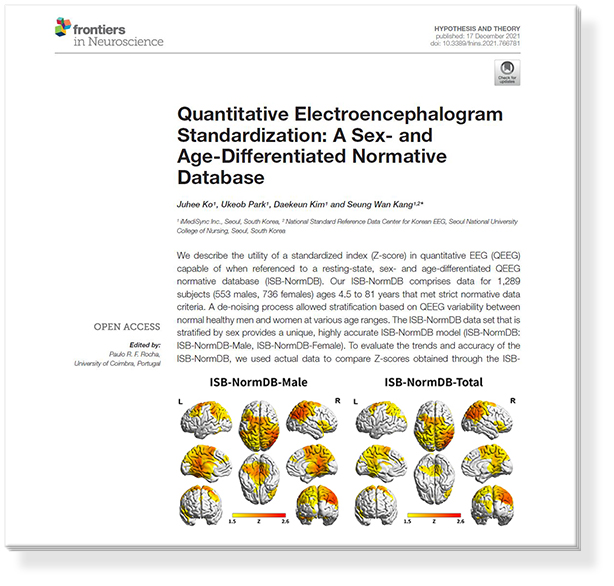
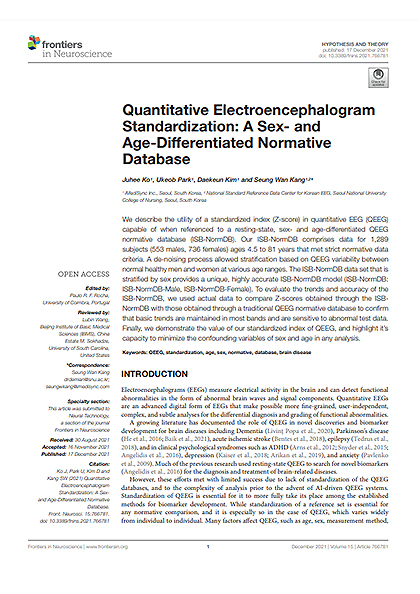
Quantitative Electroencephalogram Standardization: A Sex- and Age-Differentiated Normative Database
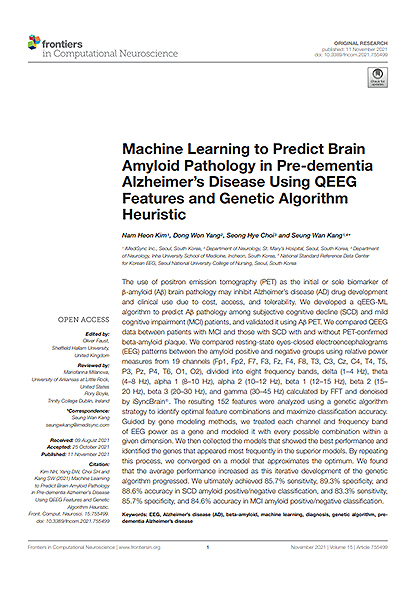
Machine learning to predict brain amyloid pathology in pre-dementia Alzheimer’s disease patients using QEEG feature with genetic algorithms using QEEG feature with genetic algorithms
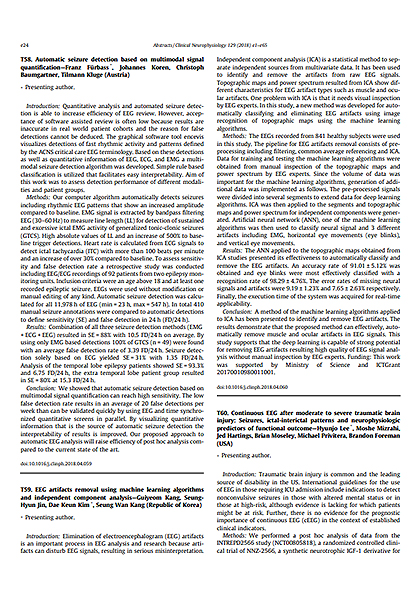
T59. EEG artifacts removal using machine learning algorithms and independent component analysis
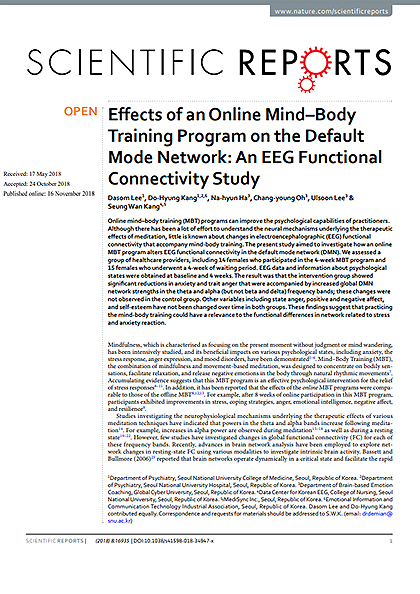
Effects of an Online Mind–Body Training Program on the Default Mode Network: An EEG Functional Connectivity Study
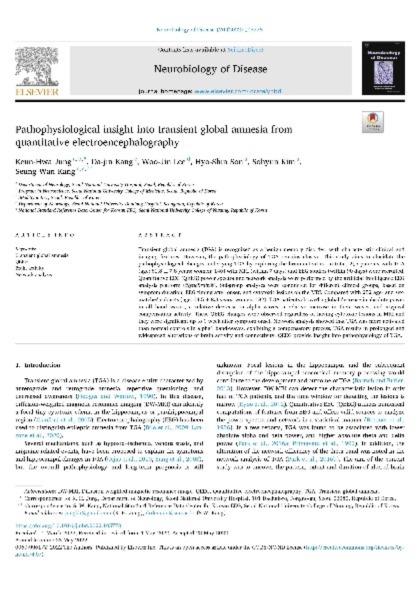
Pathophysiological insight into transient global amnesia from quantitative electroencephalography
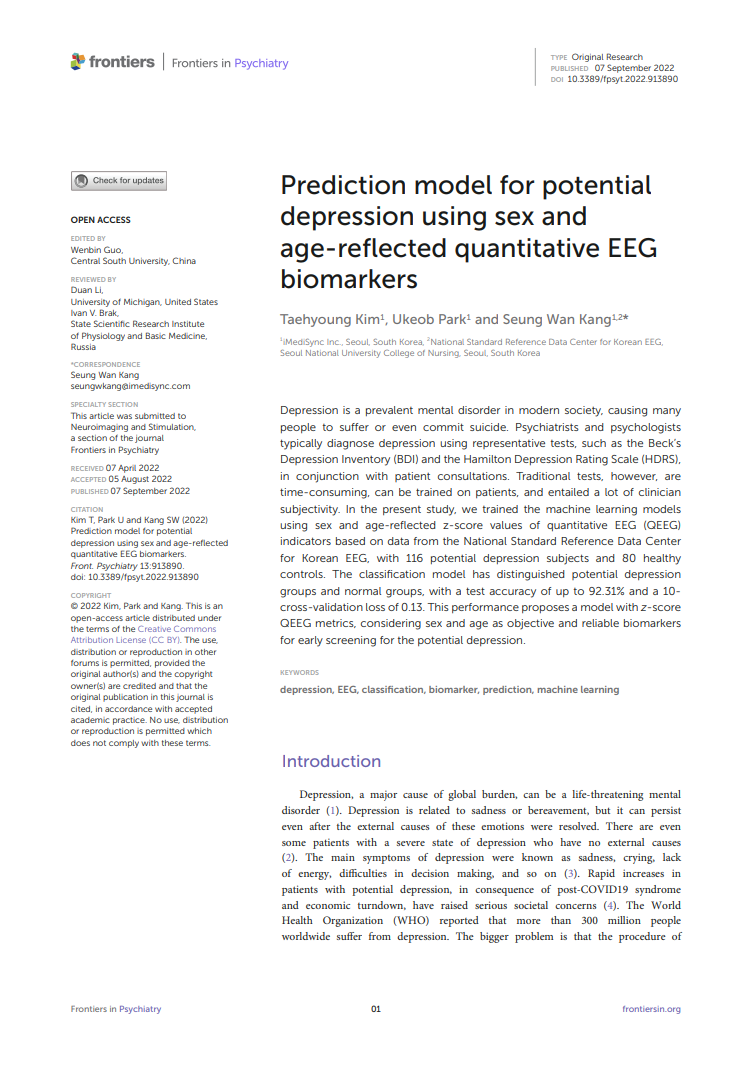 Prediction model for potential depression using sex and age-reflected quantitative EEG biomarkers.
Prediction model for potential depression using sex and age-reflected quantitative EEG biomarkers.

Novel QEEG feature image adapted for deep learning: Verification through classification of Alzheimer’s disease dementia.

Functional Brain Changes Using Electroencephalography After a 24-week Multidomain Intervention Program to Prevent Dementia.

Characteristics of Attention-Deficit/Hyperactivity Disorder Subtypes in Children Classified Using Quantitative Electroencephalography.

Novel QEEG feature image adapted for deep learning: Verification through classification of Alzheimer’s disease dementia.

PET-validated EEG-Machine Learning Algorithm Predicts Brain Amyloid Pathology in Pre-dementia Alzheimer’s Disease.
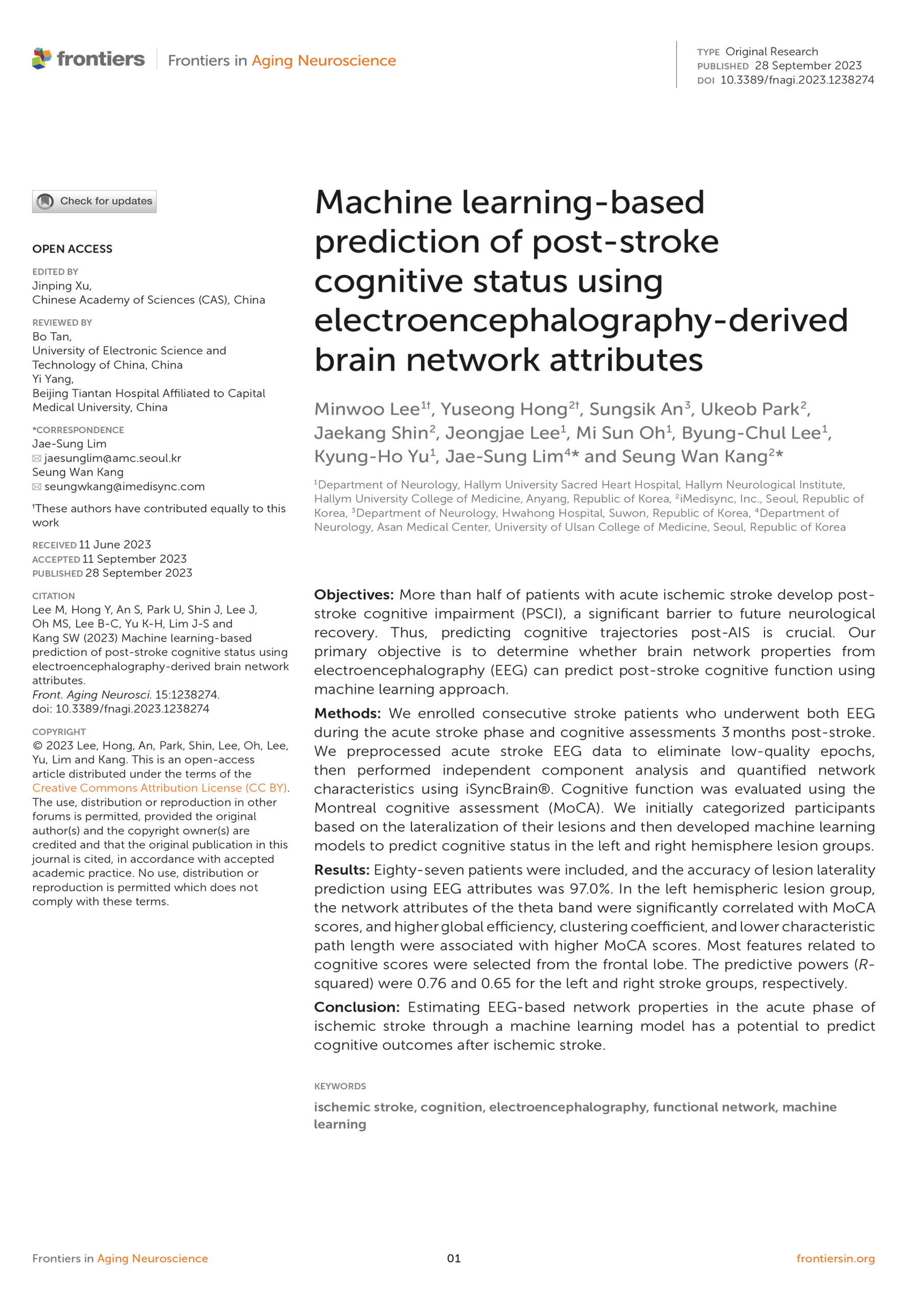
Machine Learning-Based Prediction of Post-stroke Cognitive Status Using Electroencephalography-Derived Brain Network Attributes.
.jpg)
“QEEG, the tentative biomarker for early screening of preclinical Alzheimer’s disease or progressiveness of subjective cognitive decline.”
-dementia-and-non-dementia-AD.jpg)
“Difference of Quantitative EEG between Alzheimer’s disease (AD) dementia and non-dementia AD.”
.jpg)
“Machine-learning based EEG biomarker for early screening of amnestic mild cognitive impairment (aMCI).”
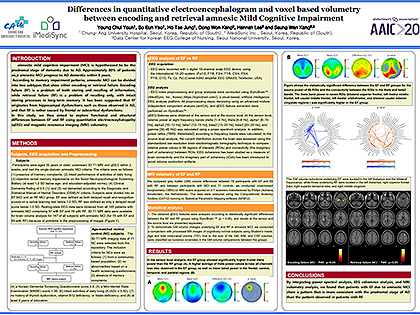
“Differences in quantitative electroencephalogram and voxel based volumetry between encoding and retrieval amnesic Mild Cognitive Impairment.”
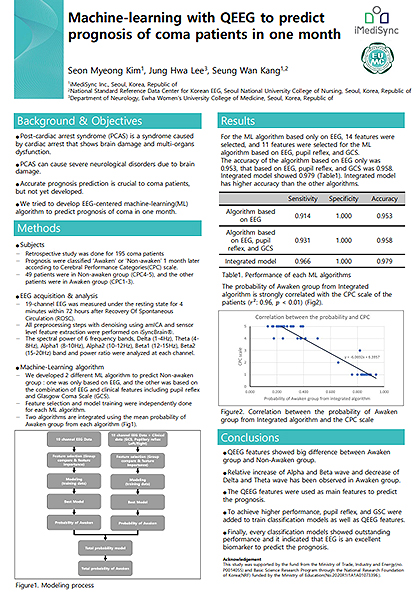
“Classification model to predict prognosis of coma patients with QEEG.”
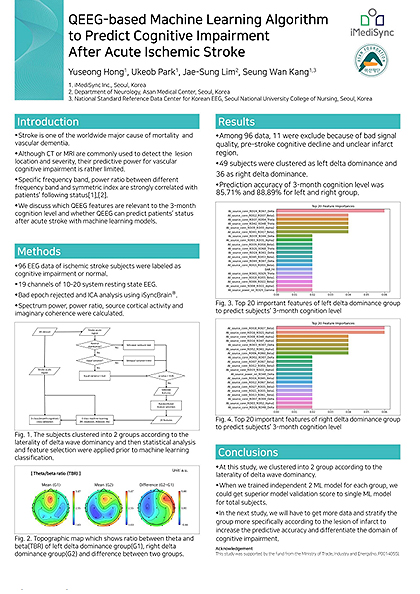
“QEEG-based Machine Learning Algorithm to Predict Cognitive Impairment After Acute Ischemic Stroke.”
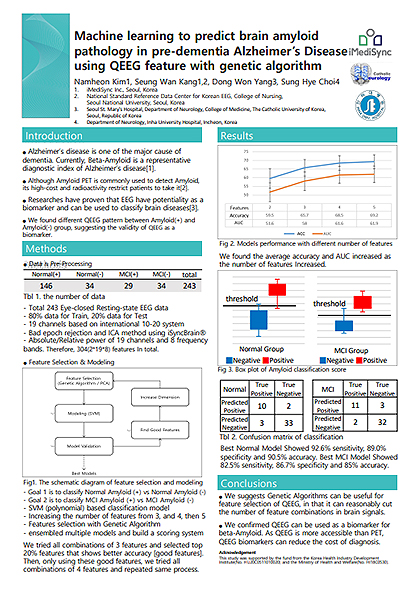
“Machine Learning Method For Brain Detection Using Steps Feature Selection Based On Genetic Algorithm.”
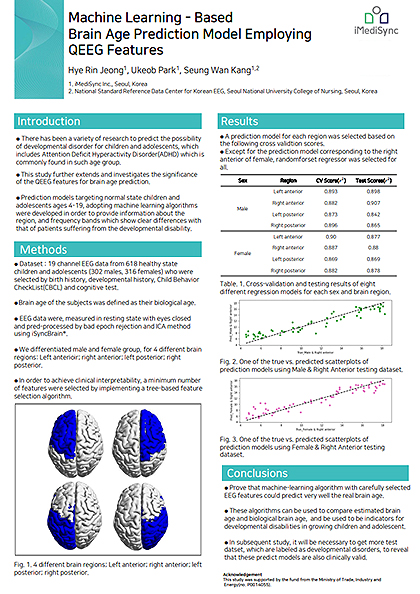
“Machine Learning Based Brain Age Prediction Model Employing QEEG Features.”
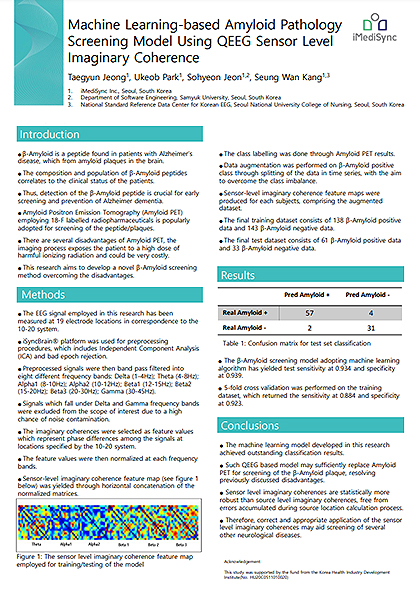
“Machine Learning-based Beta Amyloid Plaque Screening Algorithm Using Sensor Level Imaginary Coherence Map Extracted From QEEG.”
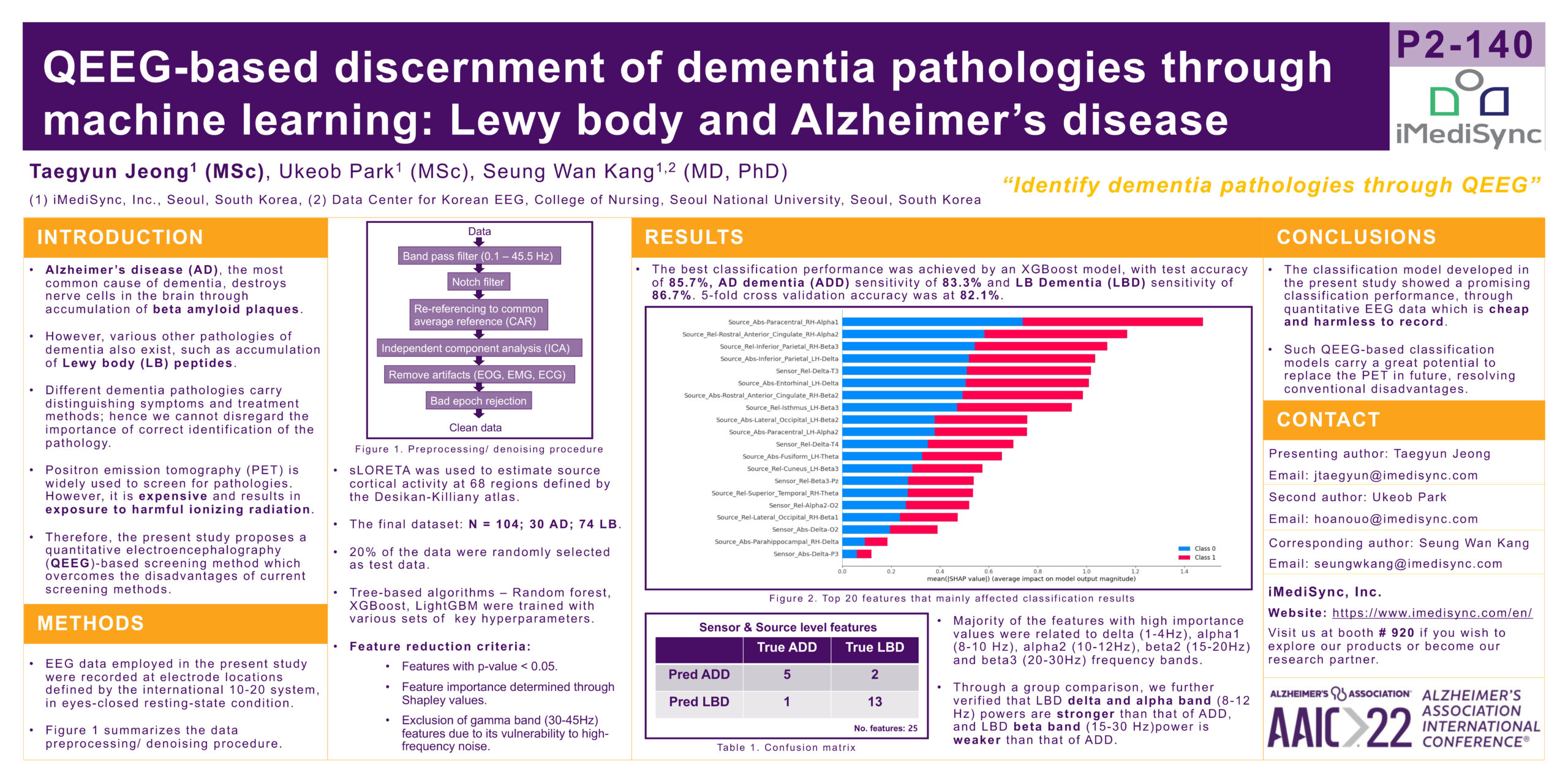
“QEEG-based discernment of dementia pathologies through machine learning Lewy body and Alzheimer’s disease.”
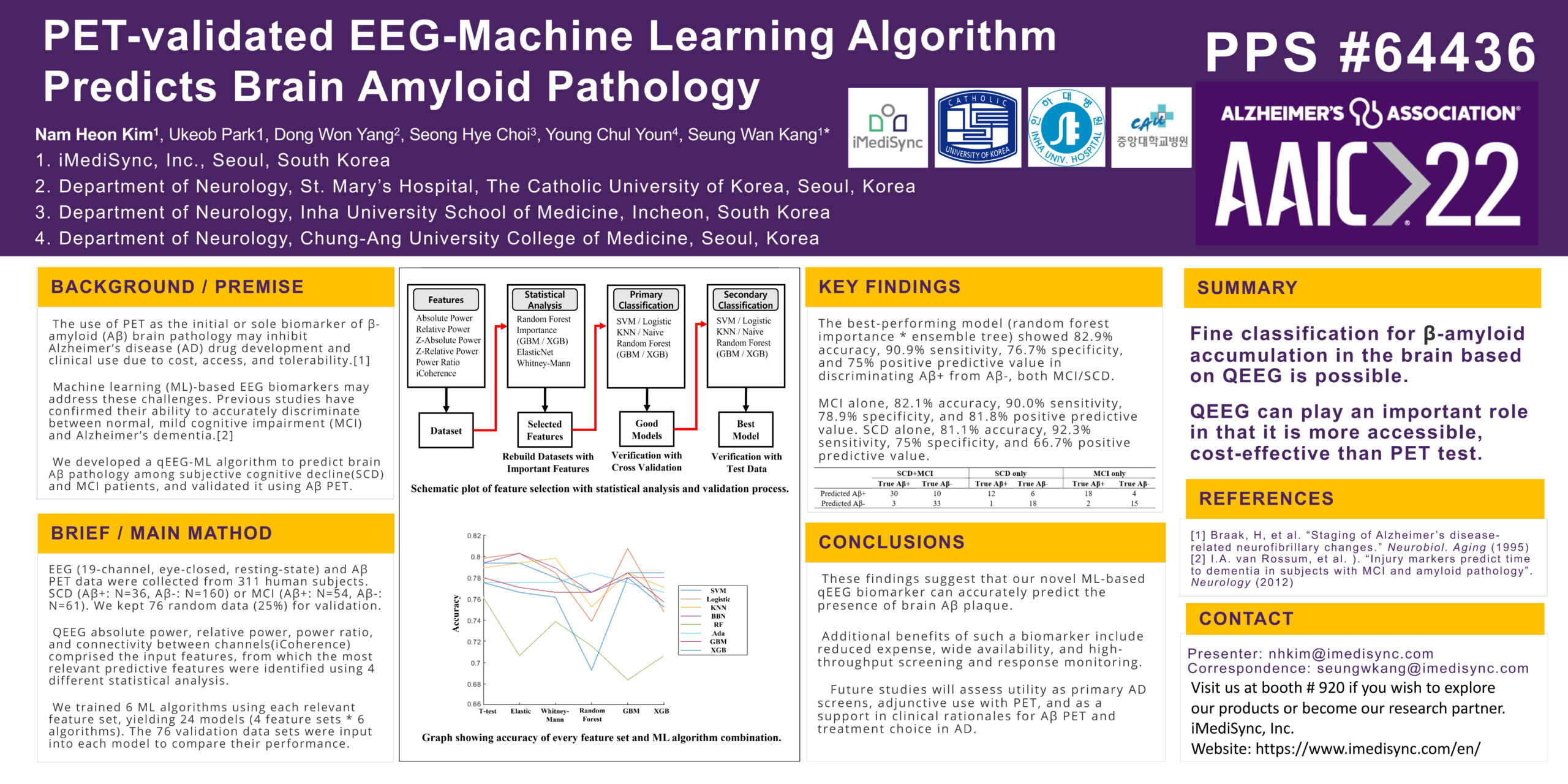
“PET-validated EEG-Machine Learning Algorithm Predicts Brain Amyloid Pathology in Pre-dementia Alzheimer’s Disease.”
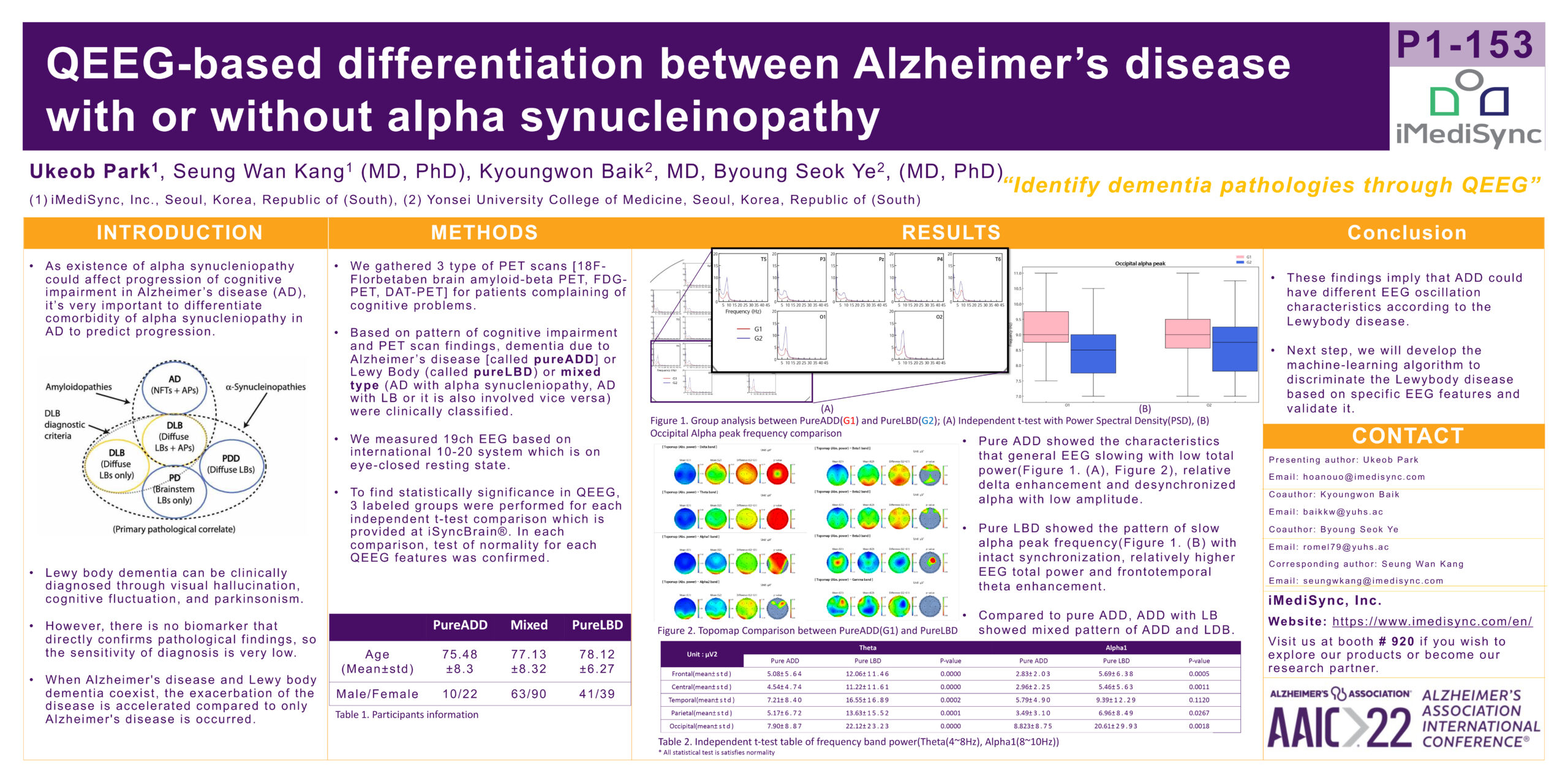
“QEEG-based differentiation between Alzheimer’s disease with or without alpha synucleinopathy.”
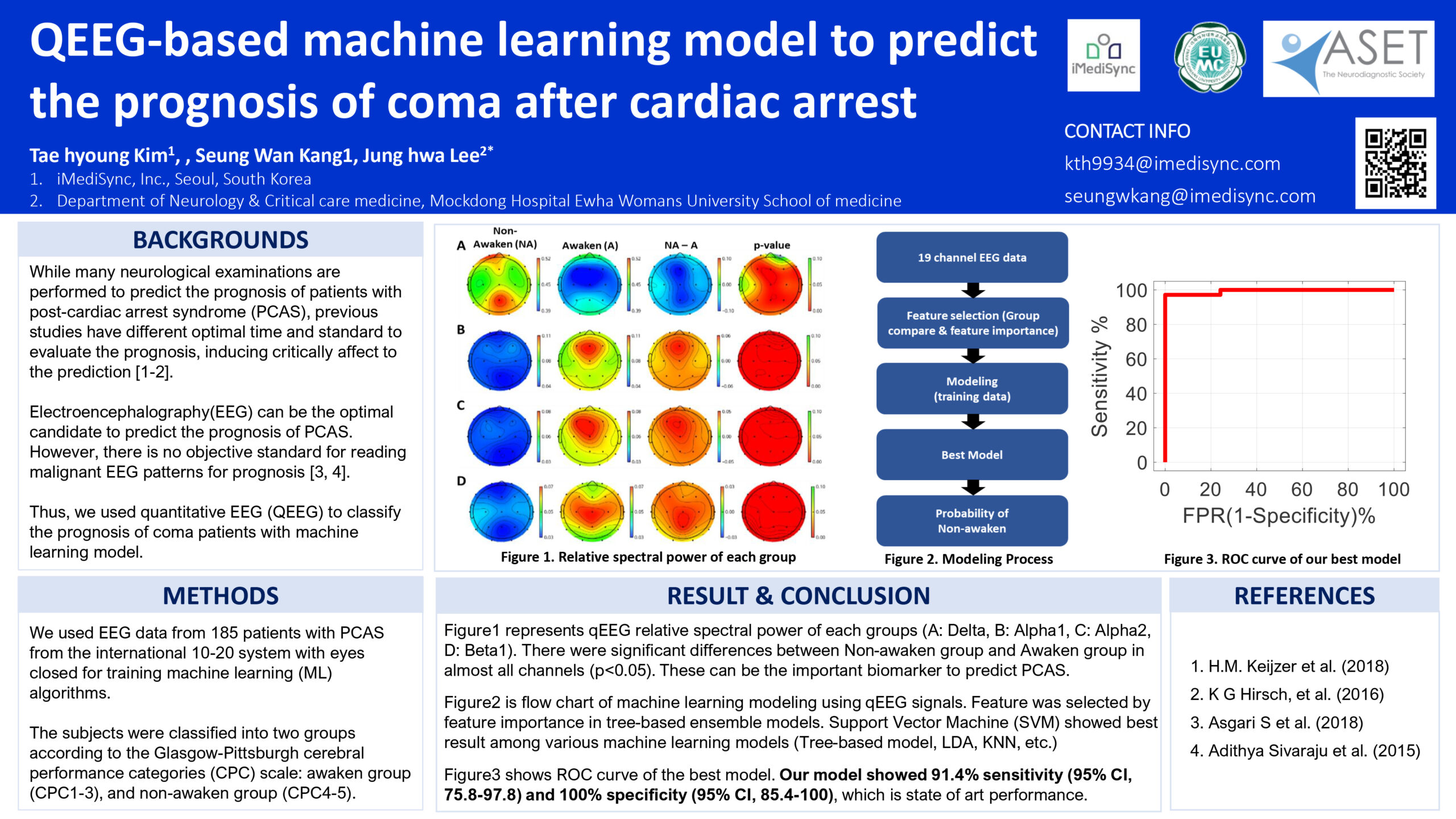
“QEEG-based machine learning model to predict the prognosis of coma after cardiac arrest.”
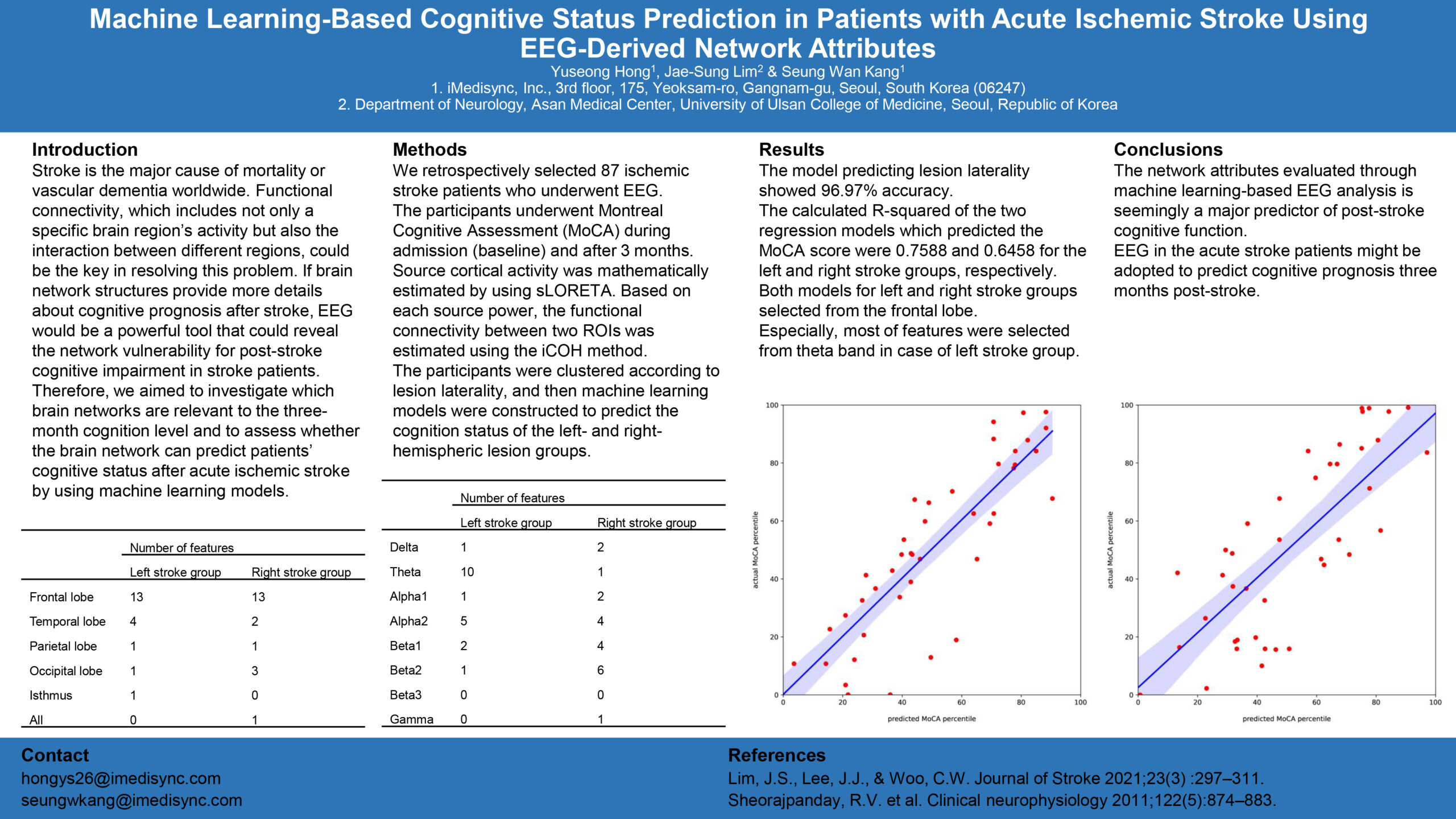
“Machine Learning-Based Cognitive Status Prediction in Patients with Acute Ischemic Stroke Using EEG-Derived Network Attributes.”
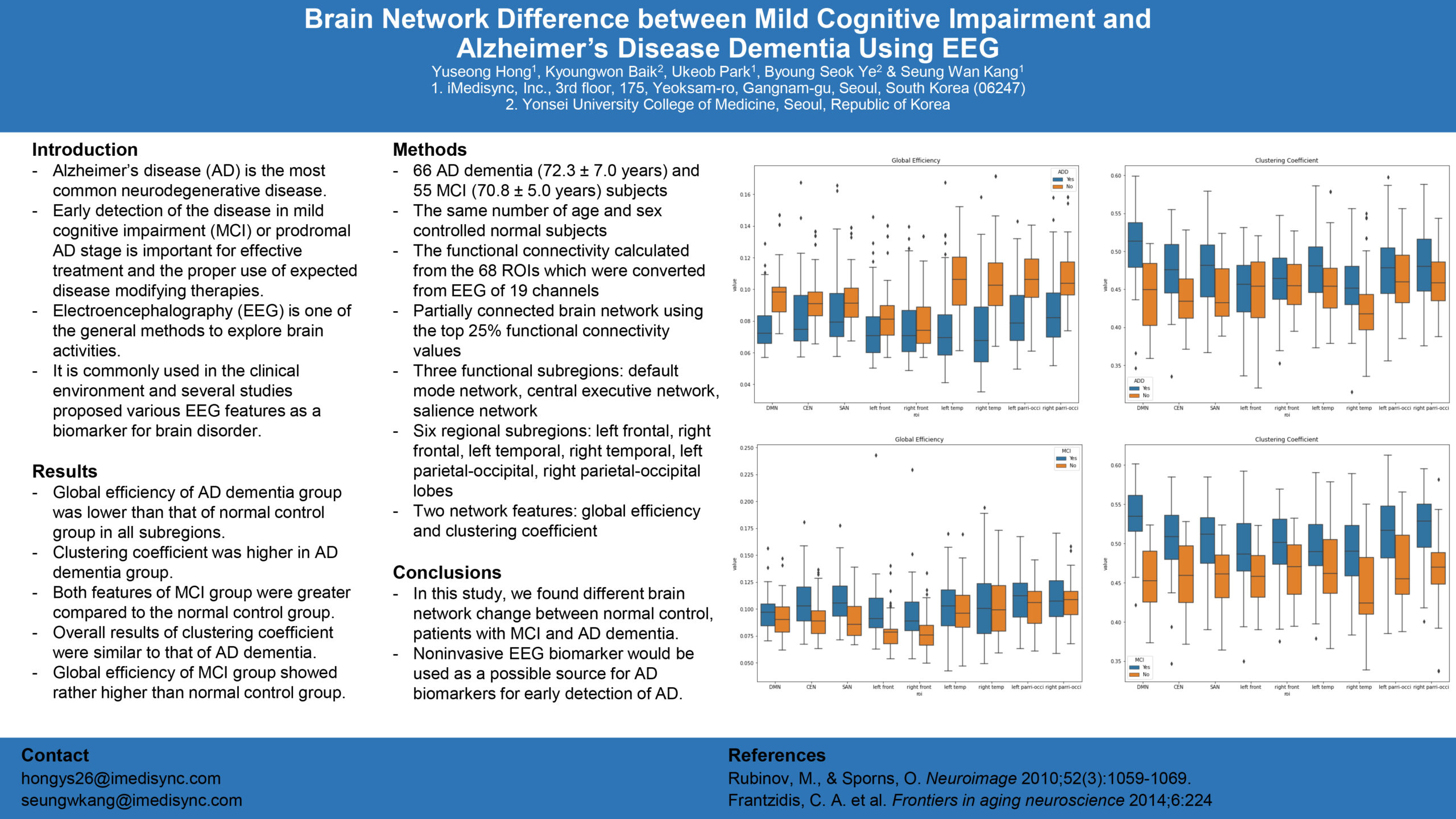
“Brain Network Difference between Mild Cognitive Impairment and Alzheimer’s Disease Dementia Using EEG.”
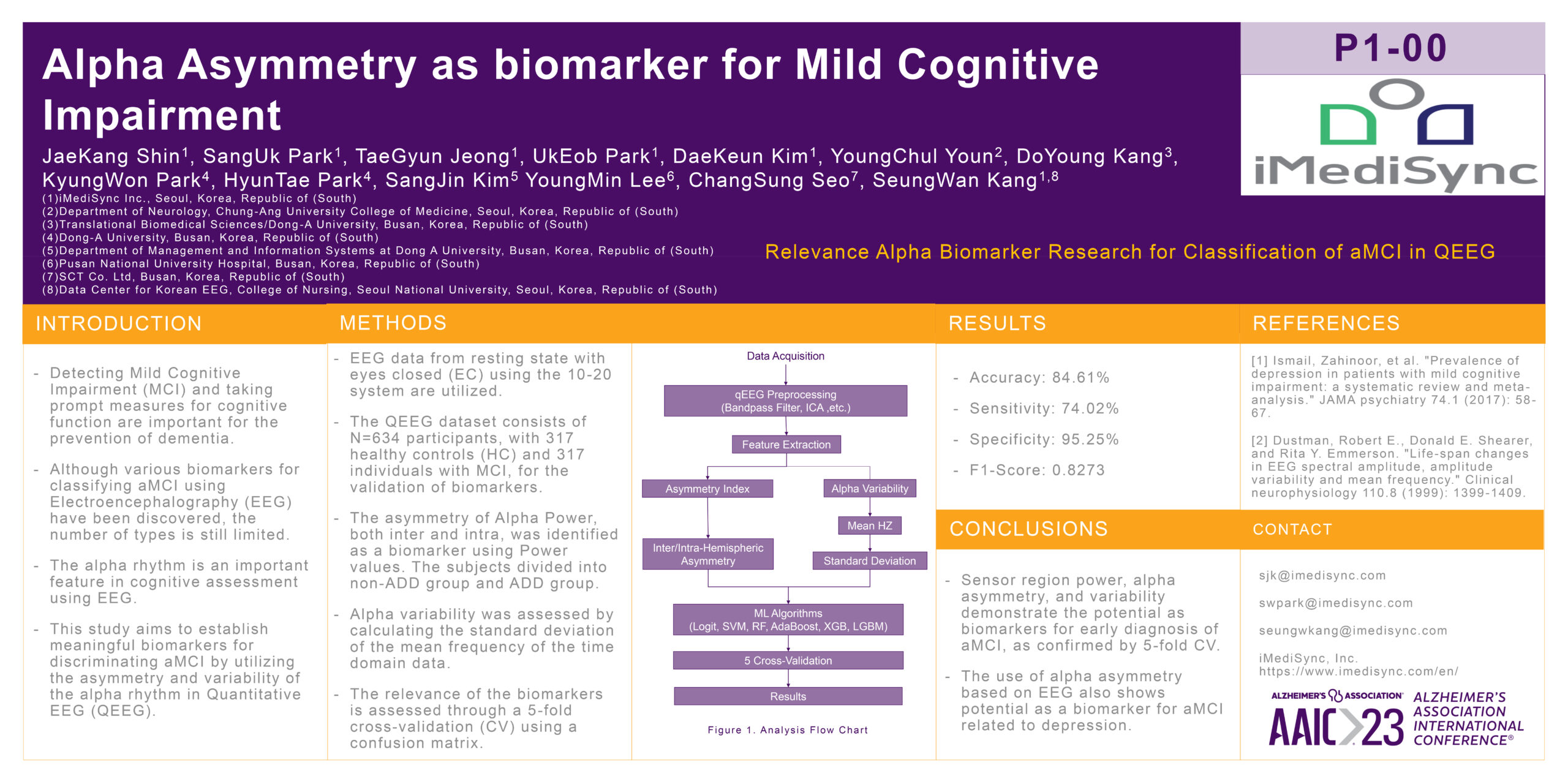
“Alpha Asymmetry as biomarker for Mild Cognitive Impairment.”
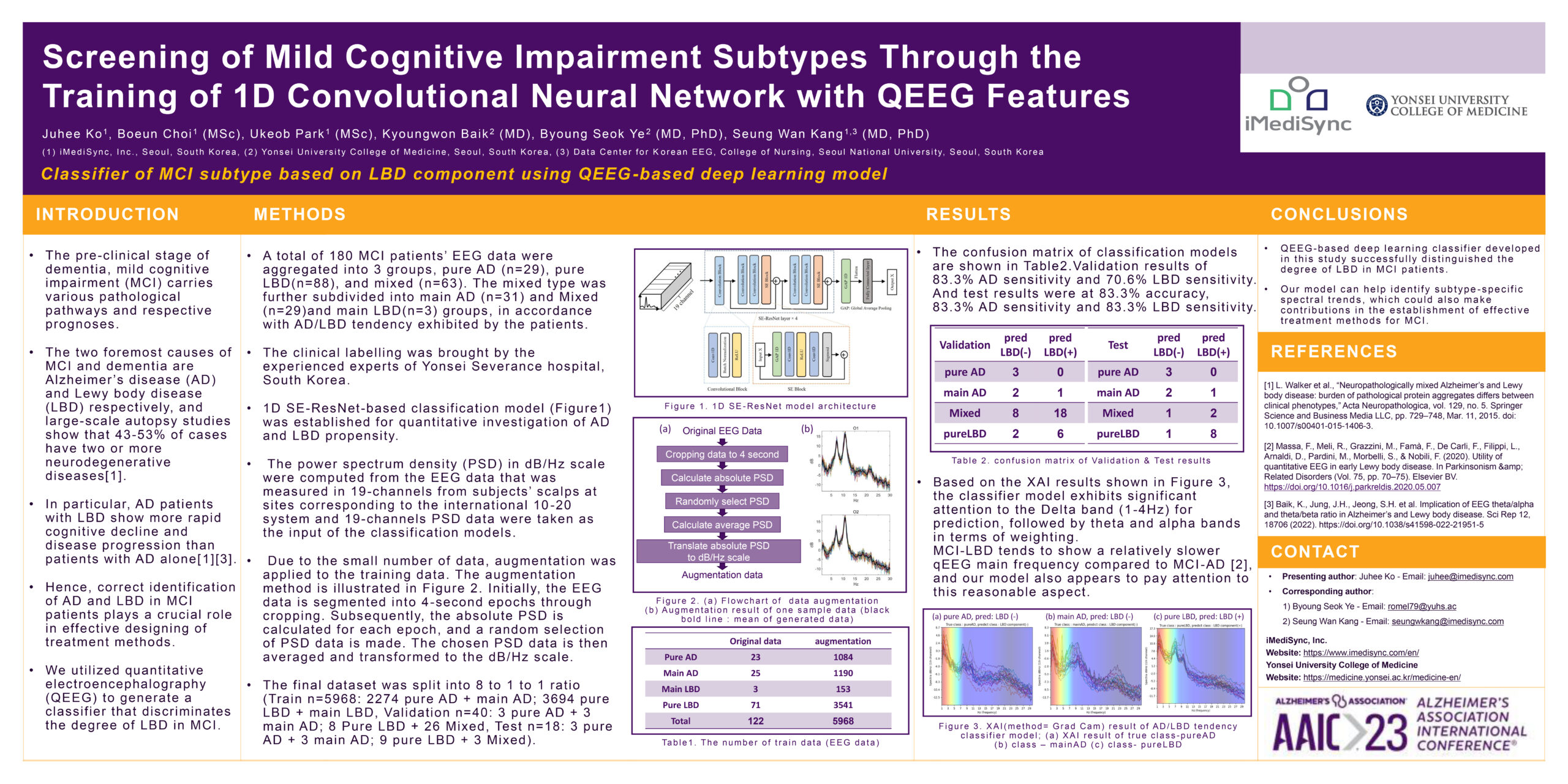
“Screening of Mild Cognitive Impairment Subtypes Through the Training of 1D Convolutional Neural Network with QEEG Features.”
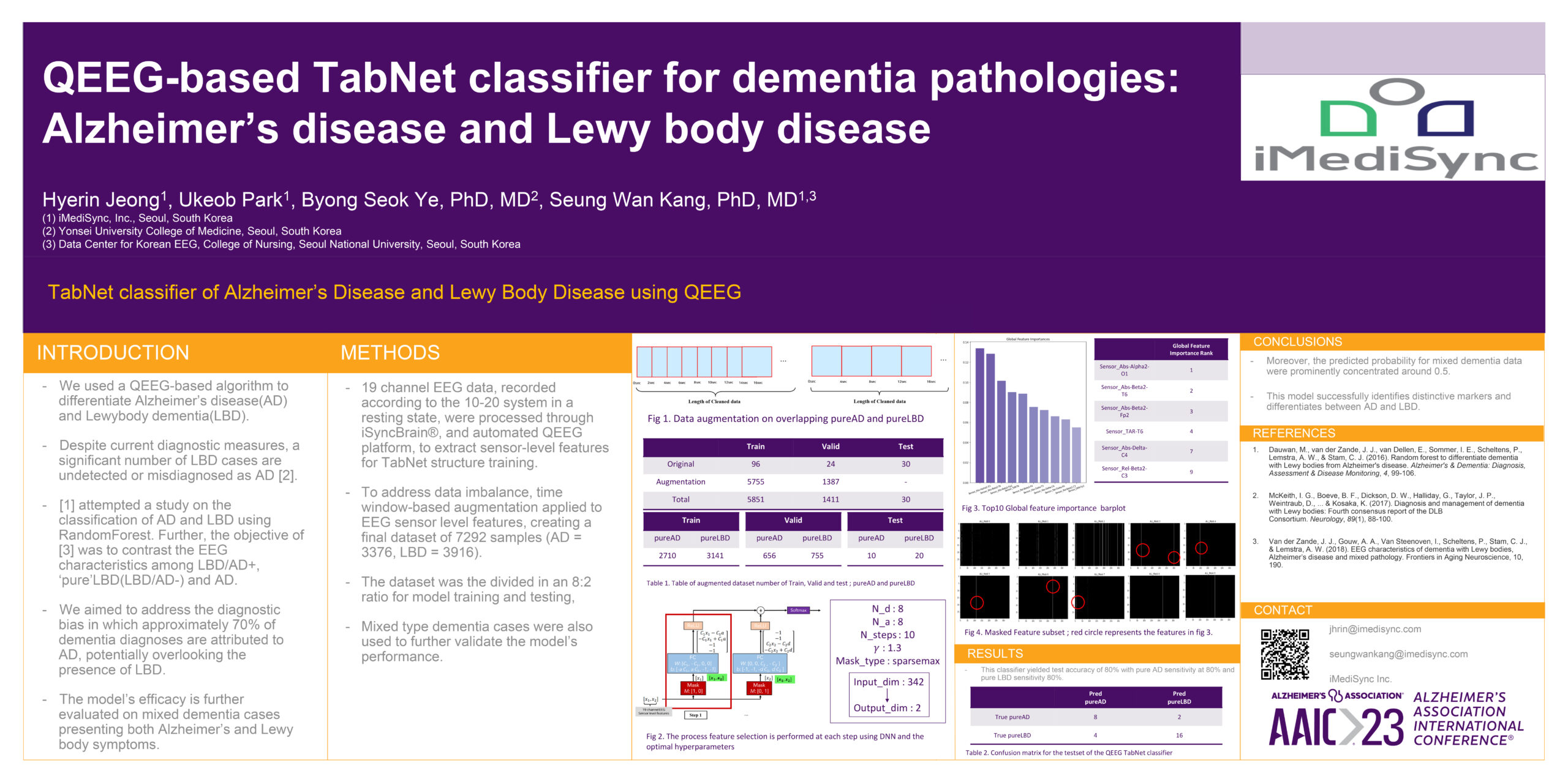
“QEEG-based TabNet classifier for dementia pathologies Alzheimer’s disease and Lewy body disease.”
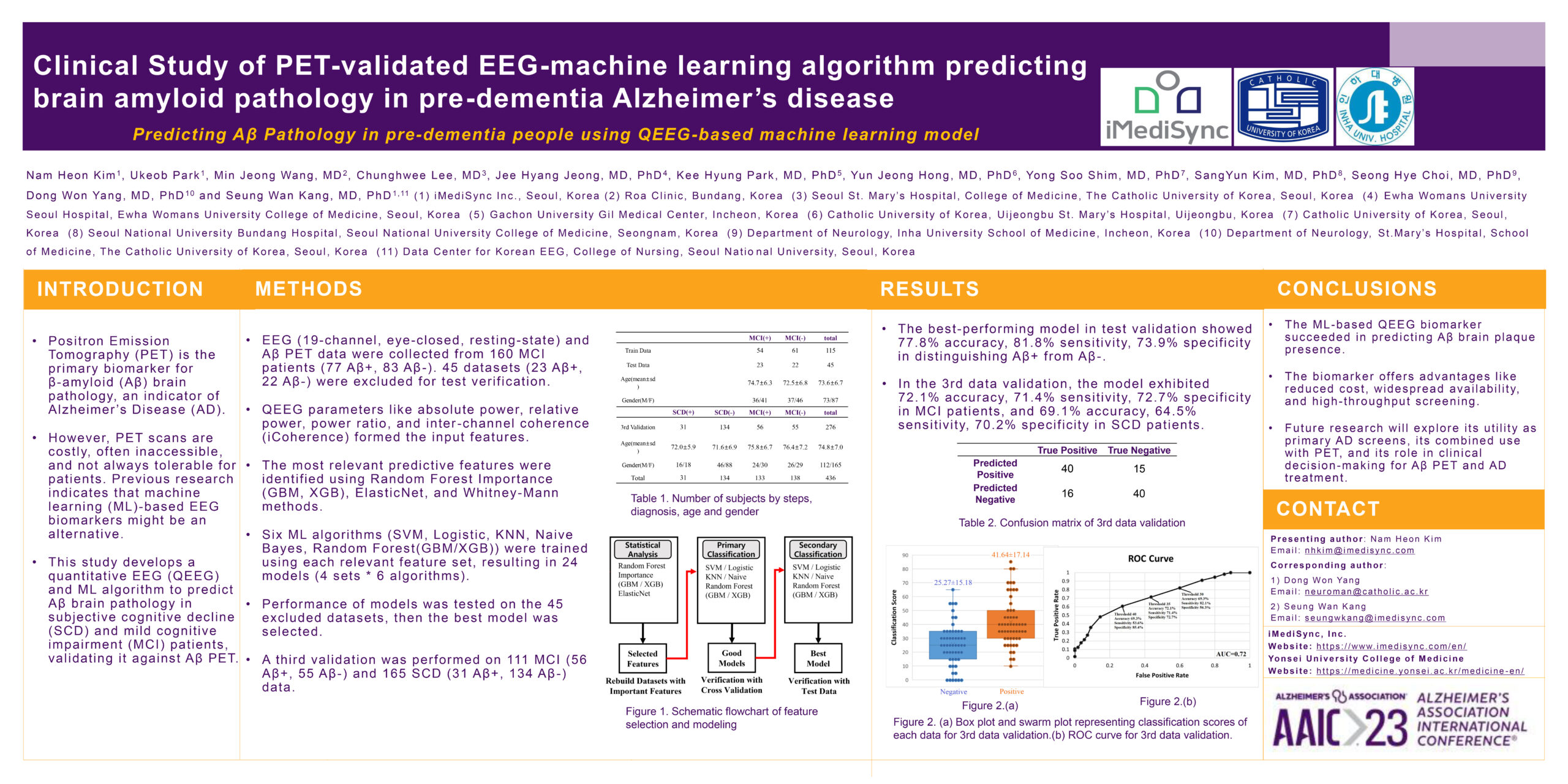
“Clinical Study of PET-validated EEG-machine learning algorithm predicting brain amyloid pathology in pre-dementia Alzheimer’s disease.”
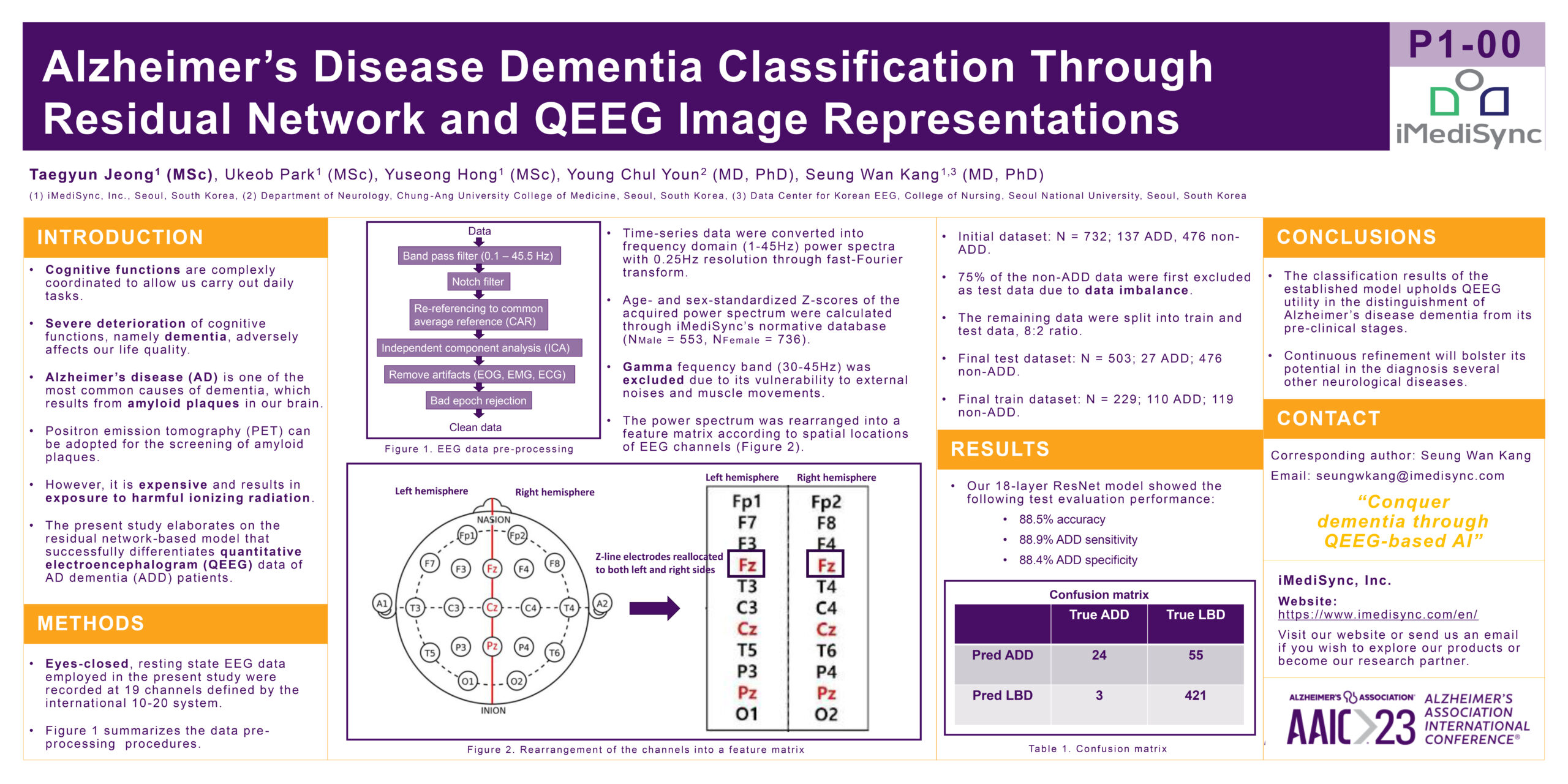
“Alzheimer’s Disease Dementia Classification Through Residual Network and QEEG Image Representations.”
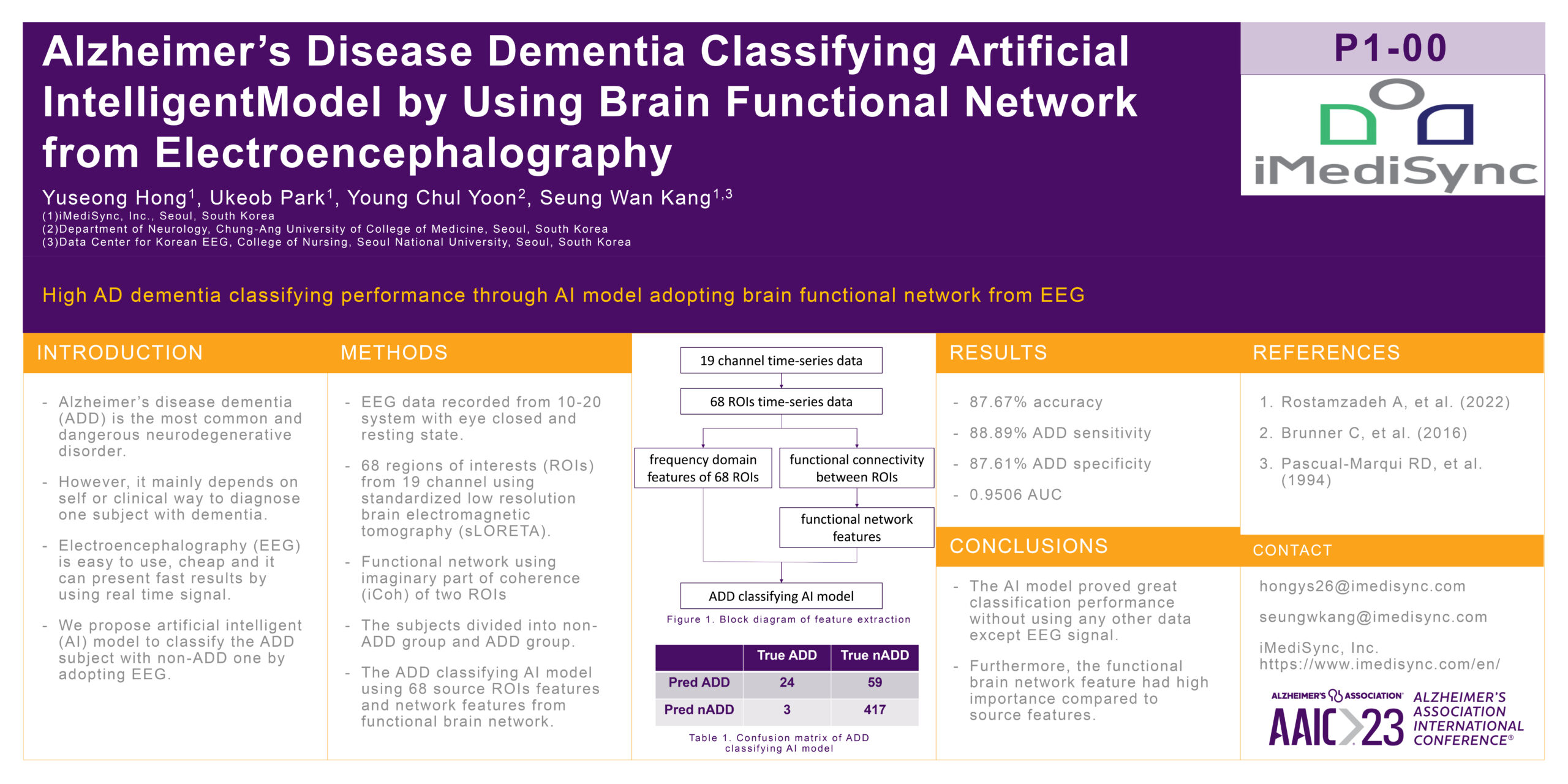
“Artificial Intelligence Model-based Alzheimer’s Disease Dementia Classification Using Electroencephalogram-acquired Brain Functional Network.”






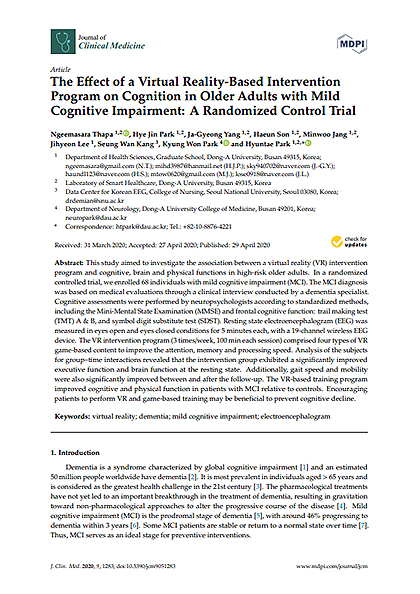
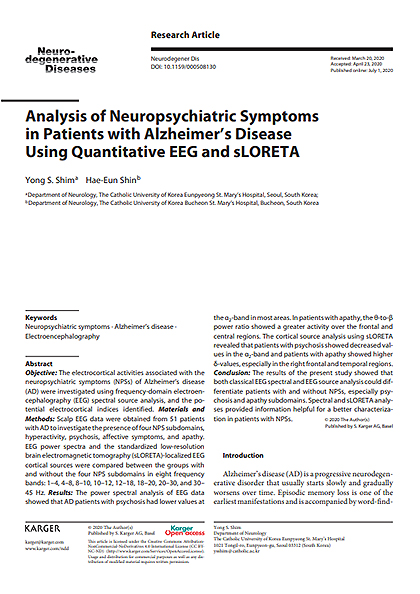
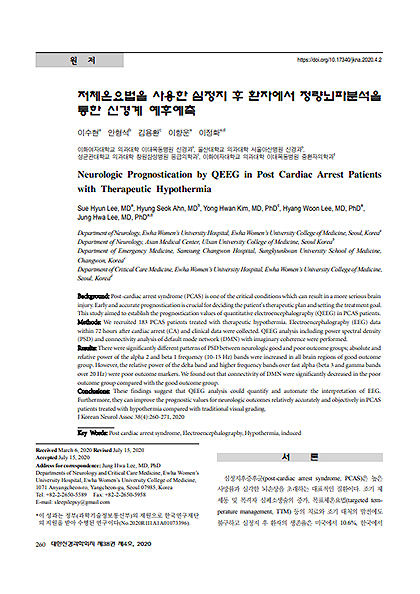
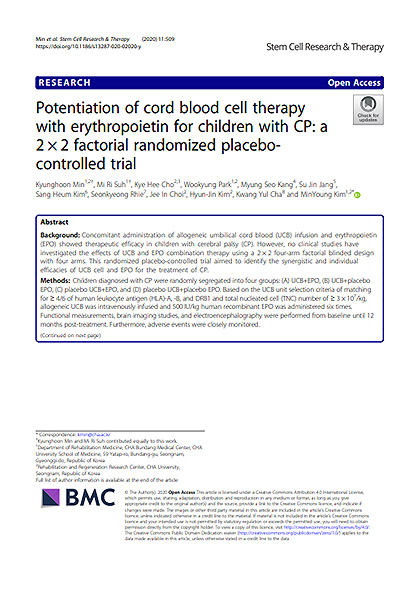
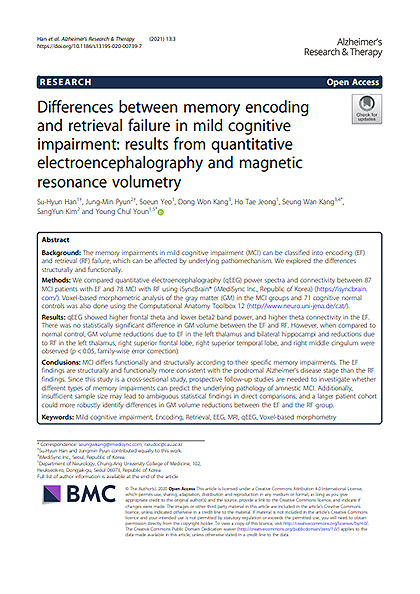
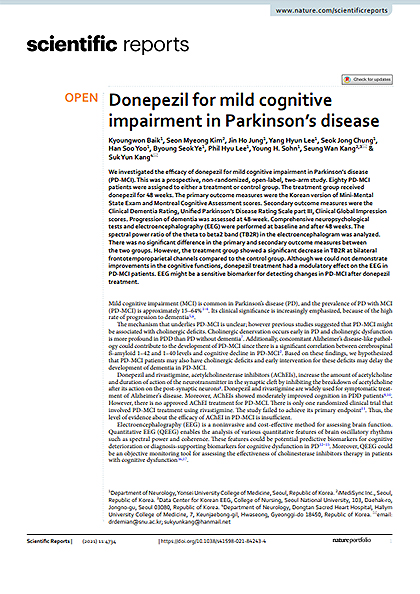
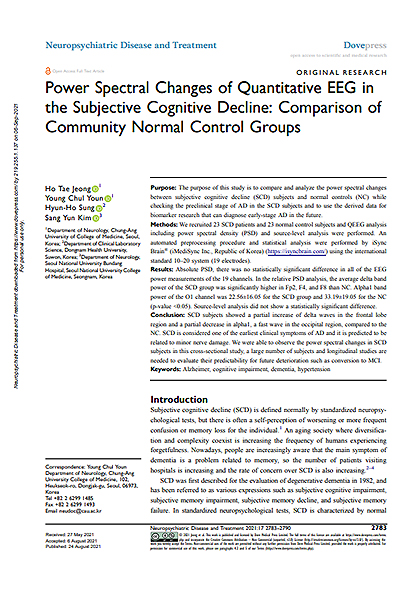
 Photobiological safety of lamps and lamp systems
Photobiological safety of lamps and lamp systems IEC 62471 and/or EN 62471
IEC 62471 and/or EN 62471



